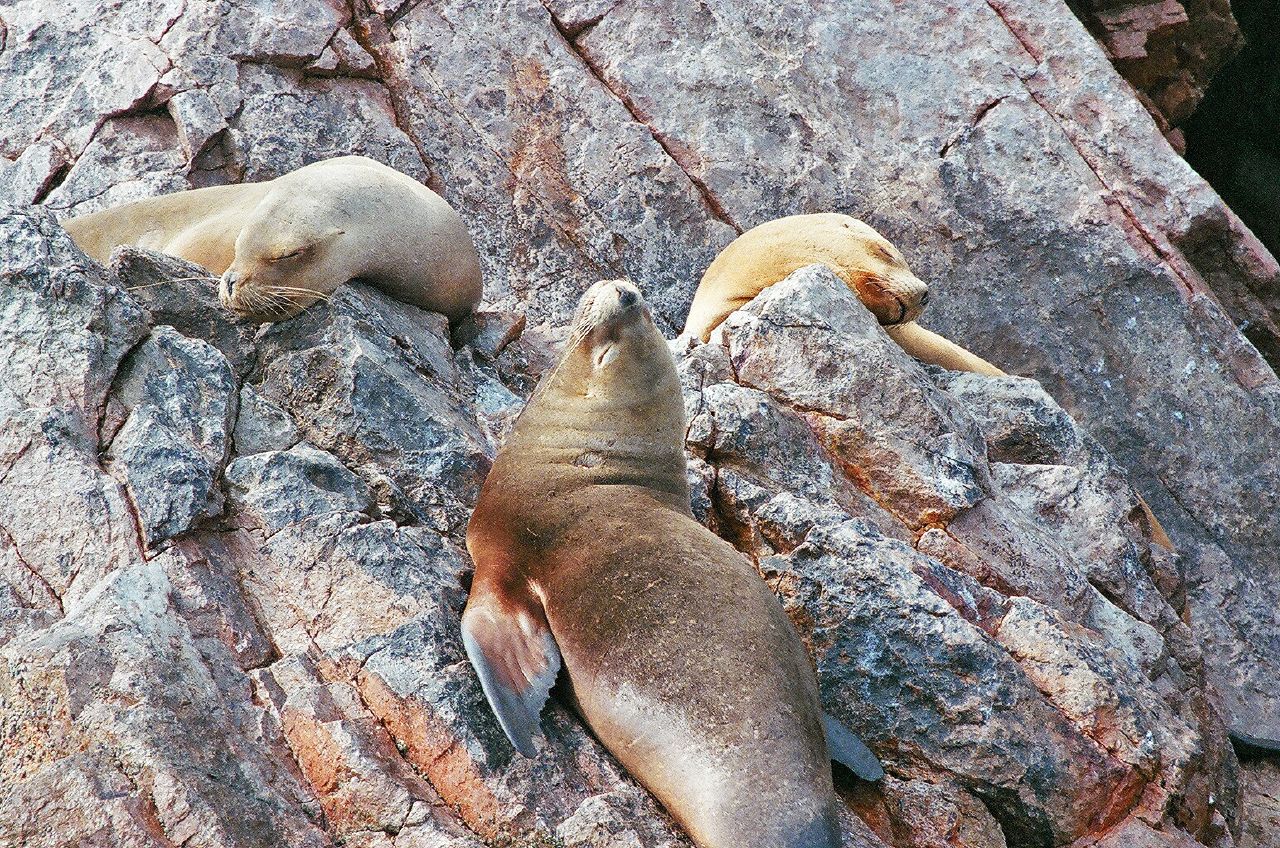|
Leptodactylus Knudseni
''Leptodactylus knudseni'', commonly called Knudsen's frog, is a species of frog in the family Leptodactylidae. Its local name is ''sapo-toro amazonico '' ("Amazonian toad-frog"). It is found in Bolivia, Brazil, Colombia, Ecuador, French Guiana, Guyana, Peru, Suriname, Venezuela, and possibly Trinidad and Tobago. Its natural habitats are subtropical or tropical moist lowland forests, moist savanna, rivers, intermittent rivers, intermittent freshwater marshes, and rural gardens. It is not considered threatened by the IUCN The International Union for Conservation of Nature (IUCN; officially International Union for Conservation of Nature and Natural Resources) is an international organization working in the field of nature conservation and sustainable use of natu .... Gallery File:Leptodactylus knudseni 143905599.jpg File:Leptodactylus knudseni 204526386.jpg File:Leptodactylus knudseni 66631357.jpg File:Leptodactylus knudseni 210053687.jpg References kn ... [...More Info...] [...Related Items...] OR: [Wikipedia] [Google] [Baidu] |
Frog
A frog is any member of a diverse and largely Carnivore, carnivorous group of short-bodied, tailless amphibians composing the order (biology), order Anura (ανοὐρά, literally ''without tail'' in Ancient Greek). The oldest fossil "proto-frog" ''Triadobatrachus'' is known from the Early Triassic of Madagascar, but molecular clock, molecular clock dating suggests their split from other amphibians may extend further back to the Permian, 265 Myr, million years ago. Frogs are widely distributed, ranging from the tropics to subarctic regions, but the greatest concentration of species diversity is in tropical rainforest. Frogs account for around 88% of extant amphibian species. They are also one of the five most diverse vertebrate orders. Warty frog species tend to be called toads, but the distinction between frogs and toads is informal, not from Taxonomy (biology), taxonomy or evolutionary history. An adult frog has a stout body, protruding eyes, anteriorly-attached tongue, limb ... [...More Info...] [...Related Items...] OR: [Wikipedia] [Google] [Baidu] |
River
A river is a natural flowing watercourse, usually freshwater, flowing towards an ocean, sea, lake or another river. In some cases, a river flows into the ground and becomes dry at the end of its course without reaching another body of water. Small rivers can be referred to using names such as Stream#Creek, creek, Stream#Brook, brook, rivulet, and rill. There are no official definitions for the generic term river as applied to Geographical feature, geographic features, although in some countries or communities a stream is defined by its size. Many names for small rivers are specific to geographic location; examples are "run" in some parts of the United States, "Burn (landform), burn" in Scotland and northeast England, and "beck" in northern England. Sometimes a river is defined as being larger than a creek, but not always: the language is vague. Rivers are part of the water cycle. Water generally collects in a river from Precipitation (meteorology), precipitation through a ... [...More Info...] [...Related Items...] OR: [Wikipedia] [Google] [Baidu] |
Amphibians Of Venezuela
Amphibians are four-limbed and ectothermic vertebrates of the class Amphibia. All living amphibians belong to the group Lissamphibia. They inhabit a wide variety of habitats, with most species living within terrestrial, fossorial, arboreal or freshwater aquatic ecosystems. Thus amphibians typically start out as larvae living in water, but some species have developed behavioural adaptations to bypass this. The young generally undergo metamorphosis from larva with gills to an adult air-breathing form with lungs. Amphibians use their skin as a secondary respiratory surface and some small terrestrial salamanders and frogs lack lungs and rely entirely on their skin. They are superficially similar to reptiles like lizards but, along with mammals and birds, reptiles are amniotes and do not require water bodies in which to breed. With their complex reproductive needs and permeable skins, amphibians are often ecological indicators; in recent decades there has been a dramatic decline ... [...More Info...] [...Related Items...] OR: [Wikipedia] [Google] [Baidu] |
Amphibians Of Suriname
Amphibians are four-limbed and ectothermic vertebrates of the class Amphibia. All living amphibians belong to the group Lissamphibia. They inhabit a wide variety of habitats, with most species living within terrestrial, fossorial, arboreal or freshwater aquatic ecosystems. Thus amphibians typically start out as larvae living in water, but some species have developed behavioural adaptations to bypass this. The young generally undergo metamorphosis from larva with gills to an adult air-breathing form with lungs. Amphibians use their skin as a secondary respiratory surface and some small terrestrial salamanders and frogs lack lungs and rely entirely on their skin. They are superficially similar to reptiles like lizards but, along with mammals and birds, reptiles are amniotes and do not require water bodies in which to breed. With their complex reproductive needs and permeable skins, amphibians are often ecological indicators; in recent decades there has been a dramatic decline ... [...More Info...] [...Related Items...] OR: [Wikipedia] [Google] [Baidu] |
Frogs Of Peru
Peru has some of the greatest biodiversity in the world. It belongs to the select group of mega diverse countries because of the presence of the Andes, Amazon rainforest, and the Pacific Ocean. It has the fourth-most tropical forests of any country and the ninth-most forest area. Natural protected areas The Constitution of Peru of 1993 recognized the natural resources and ecosystem variety of its country as a heritage. In 1900, the National System of Natural Areas that are protected by the Peruvian Government (SINANPE) was created. This entity depends on the National Institute of Natural Resources (INRENA). They also created a map of protection and preservation of historical - cultural heritage and nature. This map has 49 Natural Areas (10% of the country surface) that are preserved by the Peruvian Government, Government: 8 National Parks, 8 National Reservations, 6 National Sanctuaries, 3 Historical Sanctuaries, 4 National Forests, 6 Protection Forests, 1 Communal Reserva ... [...More Info...] [...Related Items...] OR: [Wikipedia] [Google] [Baidu] |
_Ranomafana.jpg)

.png)
